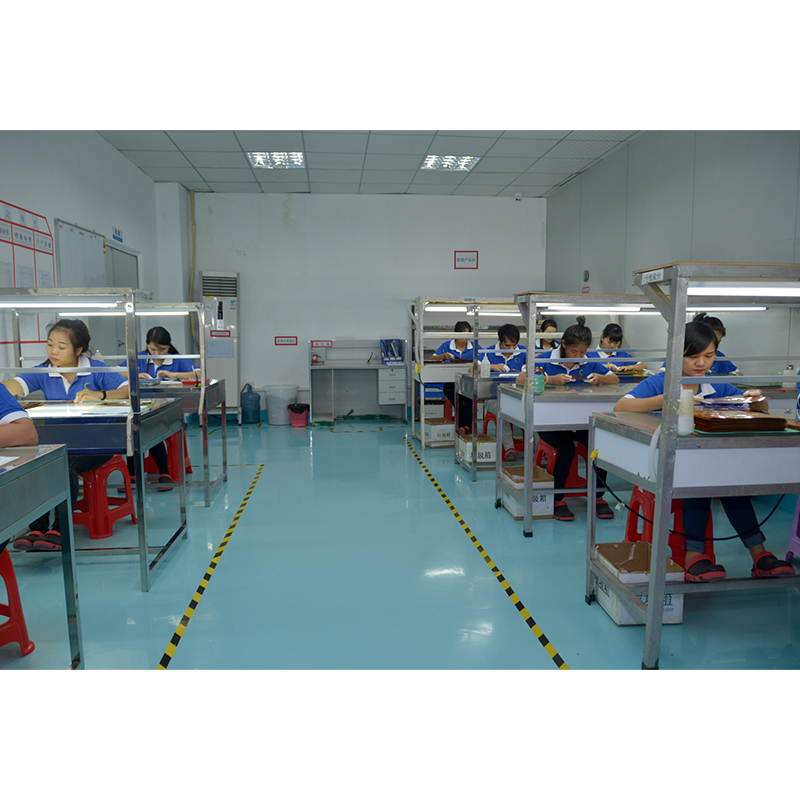In this article, we will explore the role of adhesives in the production of ceramic circuit boards and their importance in achieving high-quality, reliable circuit boards.
In recent years, ceramic circuit boards have become widely popular due to their excellent thermal and electrical properties. They are widely used in various industries, including automotive, aerospace and telecommunications. The production process of ceramic circuit boards involves several basic steps, one of which is the use of adhesives.
So, what role does adhesive play in the production of ceramic circuit boards?
To understand this, let’s first define what a binder is. In ceramic circuit board production, a binder is a substance added to the ceramic powder mixture to improve its handling and processing properties. It acts as a temporary adhesive that helps bind the ceramic particles together during molding and subsequent processing steps.
The main role of adhesives in ceramic circuit board production is to provide green strength to the ceramic body. Green strength refers to the ability of an unfired ceramic material to withstand handling, shaping, and transportation without cracking or cracking. This is crucial because ceramic materials are brittle and brittle, making them highly susceptible to damage during production. By adding a binder, the structure of the ceramic powder mixture becomes more stable, making it easier to handle and shape without significant deformation.
In addition to green strength, adhesives play a vital role in achieving the dimensional accuracy required for ceramic circuit boards. The binder holds the ceramic particles together during the molding process, preventing excessive shrinkage or deformation. This is especially important when producing complex circuit board designs that require precise and intricate patterns. Without a binder, ceramic particles may move or shift during the molding process, causing pattern distortion and compromised functionality.
Another important aspect of adhesives in ceramic circuit board production is their ability to control the viscosity of ceramic slurries. Slurry is a mixture of ceramic powder, binders and other additives suspended in a liquid medium. The viscosity of the slurry determines its flow and ease of deposition onto the substrate. By adjusting the binder content, manufacturers can change the viscosity of the slurry to ensure that circuit boards are coated or printed evenly.
Additionally, the binder aids in the removal of organic materials during the firing process. Ceramic circuit boards go through a high-temperature firing process in which the adhesive burns and breaks down. The burning of the binder eliminates the organic components, leaving a pure ceramic structure. Removing the adhesive is critical because it prevents the formation of residual carbon, which can adversely affect the electrical and thermal properties of the board.
It is important to note that the adhesives used in the production of ceramic circuit boards should be carefully selected to ensure compatibility with the desired properties of the final product. Ideally, the adhesive should have good bonding properties, low shrinkage and negligible residue after decomposition. The selection of a suitable adhesive depends on factors such as the type of ceramic material, the required performance requirements and the production process used.
In summary, adhesives play a vital role in the production of ceramic circuit boards. They provide green strength, control dimensional accuracy, regulate slurry viscosity and aid in the removal of organic materials. Understanding and optimizing the role of adhesives is critical to obtaining high-quality ceramic circuit boards with excellent thermal and electrical properties. As demand for ceramic circuit boards continues to grow, manufacturers must continue to explore and develop innovative adhesive technologies to meet evolving industry needs.
Post time: Sep-02-2023
Back







